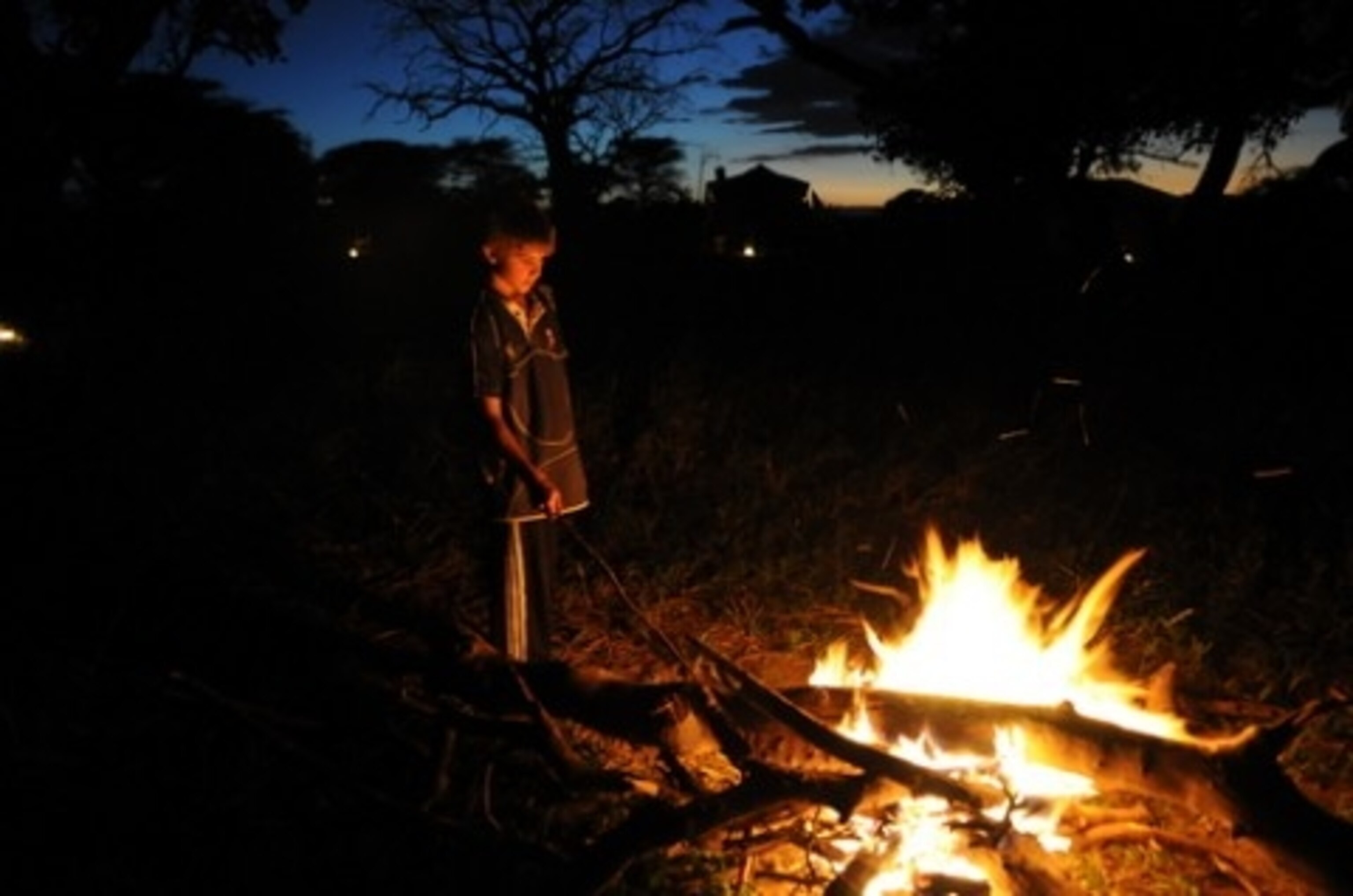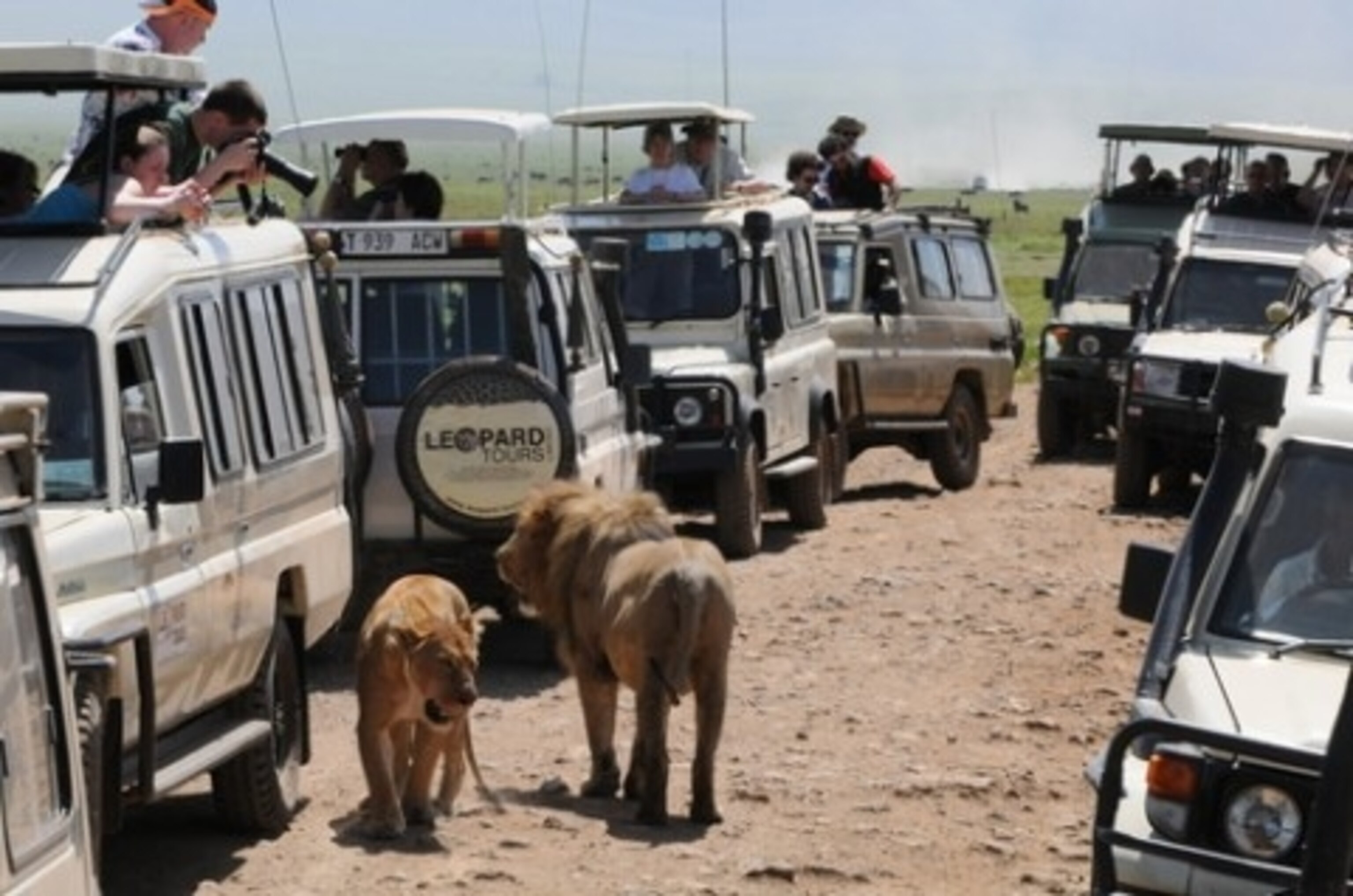
Jenss Family Travels: Tanzania Camping
Rainer Jenss and his family are currently on an around-the-world journey, and they’re blogging about their experiences for us at Intelligent Travel. Keep up with the Jensses by bookmarking their posts, and follow the boys’ Global Bros blog at National Geographic Kids.
Talk to anyone who’s been on a safari, and you’re sure to get a detailed commentary on their amazing animal sightings and hear vivid stories behind the hundreds of photos and hours of video they shot. If you have followed my recent postings (note: the peregrine falcon is the world fastest animal), I intentionally tried to stay away from too much narrative about the specific animals we’ve seen on our safaris and avoided drawing comparisons between our experiences in the different countries visited. That might change with this report, however, now that we’ve successfully completed the two-week camping portion of our two-month circuit around southern and eastern Africa.
To put this in some context, our first game drives were in South Africa’s Sabi Sabi ultra-deluxe private game reserve, where we were spoiled in the lap of luxury. From there, we went to three different ‘semi-luxury’ Kwando Camps in Botswana, staying in cabins with running water, solar power and plush beds. Although we were well protected, the grunting sounds of resident hippos and nearby roaring lions could be heard throughout the night, reminding us that we were now firmly in the wild. In Tanzania, our accommodations were definitely more in line with what most people envision a camping safari to be, with little protecting us from the wildlife of the African bush at night other than the lining of our tents.
We planned this latter portion of our trip with another family of four from Long Island who we go camping with every summer. When they found out we were breaking this tradition to go on an around-the-world trip, we figured this was the perfect opportunity to take our outdoor adventures to the next level, and booked a mobile safari in Tanzania. We chose this spot because it was where the massive wildebeest migration would be this time of year and a mobile safari would be our best bet to find it.
We rendezvoused with our friends near the base of Mt. Kilimanjaro, where we met our guides/drivers Raymond and Onesmo from Wild Frontiers. They explained that our itinerary would take us to Tarangire National Park, Lake Manyara, Lake Eyasi, the Ngorongoro Crater and the Serengeti over the course of the next twelve days, and we were raring to go.

The two days in Tarangire were dominated by some wonderful elephant sightings, for this area attracts hundreds of them with its year-round waterways and lush vegetation. But the most memorable moments came well after returning from our game drives. One night, a herd of about 80 elephants wandered right through our campsite, with one elephant coming literally within a couple of feet from our friend Tim and his cot. So besides the fact that there’s no electricity, running water (a quick rinse possible after a bucket of hot water is poured into the portable camp shower bags) or posh beds, this type of incident is what clearly differentiates a mobile safari from what we had experienced thus far.
And this wasn’t the only up-close and personal encounter with wildlife we would have. At 2:30 a.m. on the last night, Tim’s wife Kathy watched in both amusement and bewilderment as a hyena approached her tent and marked its territory right on the front door flap. On the nights we weren’t staring down the animals, we certainly heard them. Most mornings were spent comparing notes and asking the guides what certain sounds were that we had heard overnight. My favorite emanated from these large tree-dwelling rodents called hyraxes, which let out a rather alarming squeal whenever their territories were threatened.

Another new and much welcomed activity for us was the opportunity to visit with local tribal groups, which inhabit the area around Lake Eyasi and the Serengeti. Suspecting this would be mostly contrived and geared specifically for tourists, I was a bit skeptical on just how authentic the experience would be. Fortunately, we did manage to have some truly genuine interaction, specifically with the Datoga people, who very warmly welcomed us into their mud hut homes and allowed us to hold their babies while our kids gave piggyback rides to their children. This was not done in hopes for money, much unlike our experience in a Maasai village the next day. Instead, it was an act of unadulterated trust and appreciation towards a culture and people so different from their own. As we waved our arms for goodbye with smiles all around, Stefan said to me, “I don’t think these people worry about the bad economy.” “No they don’t,” I replied, as my grin grew wider.
Getting back to the game, some of the best viewing we had in all of our time in Africa was in Tanzania. The Ngorongoro Crater was easily the most spectacular of all the locations we would visit, teeming with wildlife and all within a setting that inspired the recently released animated film Madagascar 2: Return to Africa. We spent an entire day from dawn to dusk looping around the national park, seeing pretty much everything on an African wildlife checklist with the exception of a leopard. That would come later in the Serengeti. The only drawback here was the number of other jeeps enjoying the same thing. At one particularly interesting lion sighting (they were being chased around a watering hole by a group of aggressive buffalo), we counted 27 other jeeps in the area, all jockeying for an optimal position. We joked that it felt like we were in Brooklyn, and this was during a time when travel to Africa was down about 40% because of the global recession and recent unrest in places like Kenya, South Africa and Zimbabwe. During busier times, I was told you could find up to 50 jeeps in one spot . . . yikes. Fortunately, this size crowd seemed to be an exception, and we spent most of our remaining time in contented isolation.
Mobile safaris of this kind are not only offered in Tanzania. Other countries and operators offer them throughout the southern and eastern part of the continent. But unlike in Botswana or Kenya, which we would visit later, it didn’t involve flying from one location to the next. Instead, we were able to drive in our jeeps, in which we spent most of our time. As the trip wound down, we sat around the campfire one night and had some fun going over which of our friends could do this type of trip and which couldn’t. Most of them probably couldn’t, or more accurately, wouldn’t want to. Anyone can stay in a luxury resort or permanent camp as a home base for game drives, dining and sleeping. But for us and our friends, we couldn’t think of a better way to truly experience the Green Hills of Africa.
- National Geographic Expeditions
More about life on the Serengeti from National Geographic magazine here.
Photos: Rainer Jenss
